Related Research Articles
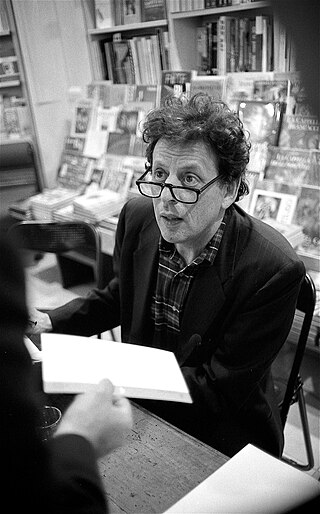
Philip Glass is an American composer and pianist. He is widely regarded as one of the most influential composers of the late 20th century. Glass's work has been associated with minimalism, being built up from repetitive phrases and shifting layers. Glass describes himself as a composer of "music with repetitive structures", which he has helped to evolve stylistically.
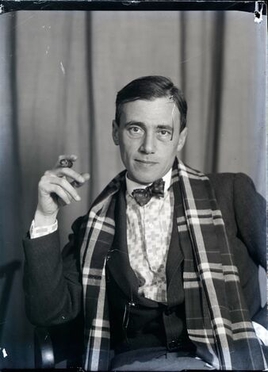
HansRichter was a German Dada painter, graphic artist, avant-garde film producer, and art historian. In 1965 he authored the book Dadaism about the history of the Dada movement. He was born in Berlin into a well-to-do family and died in Minusio, near Locarno, Switzerland.
A concerto is, from the late Baroque era, mostly understood as an instrumental composition, written for one or more soloists accompanied by an orchestra or other ensemble. The typical three-movement structure, a slow movement preceded and followed by fast movements, became a standard from the early 18th century.
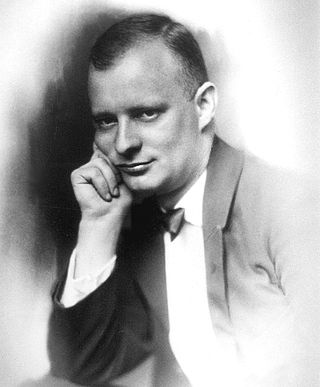
Paul Hindemith was a German and American composer, music theorist, teacher, violist and conductor. He founded the Amar Quartet in 1921, touring extensively in Europe. As a composer, he became a major advocate of the Neue Sachlichkeit style of music in the 1920s, with compositions such as Kammermusik, including works with viola and viola d'amore as solo instruments in a neo-Bachian spirit. Other notable compositions include his song cycle Das Marienleben (1923), Der Schwanendreher for viola and orchestra (1935), the opera Mathis der Maler (1938), the Symphonic Metamorphosis of Themes by Carl Maria von Weber (1943), and the oratorio When Lilacs Last in the Dooryard Bloom'd (1946), a requiem based on Walt Whitman's poem. Hindemith and his wife emigrated to Switzerland and the United States ahead of World War II, after worsening difficulties with the Nazi German regime. In his later years, he conducted and recorded much of his own music.

Darius Milhaud was a French composer, conductor, and teacher. He was a member of Les Six—also known as The Group of Six—and one of the most prolific composers of the 20th century. His compositions are influenced by jazz and Brazilian music and make extensive use of polytonality. Milhaud is considered one of the key modernist composers. A renowned teacher, he taught many future jazz and classical composers, including Burt Bacharach, Dave Brubeck, Philip Glass, Steve Reich, Karlheinz Stockhausen and Iannis Xenakis among others.

Paul Wittgenstein was an Austrian-American concert pianist notable for commissioning new piano concerti for the left hand alone, following the amputation of his right arm during the First World War. He devised novel techniques, including pedal and hand-movement combinations, that allowed him to play chords previously regarded as impossible for a five-fingered pianist.
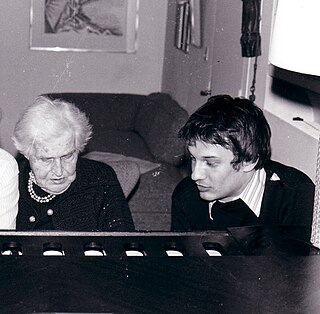
Germaine Tailleferre was a French composer and the only female member of the group of composers known as Les Six.
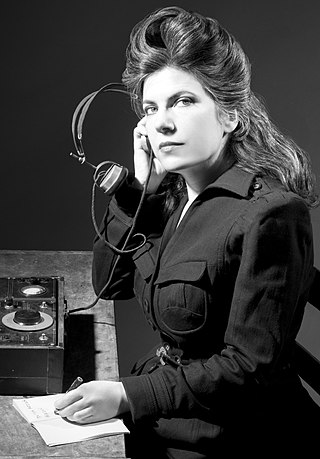
Annie Gosfield is a New-York-based composer who works on the boundaries between notated and improvised music, electronic and acoustic sounds, refined timbres and noise. She composes for others and performs with her own group, taking her music to festivals, factories, clubs, art spaces and concert halls. Much of her work combines acoustic instruments with electronic sounds, incorporating unusual sources such as satellite sounds, machine sounds, detuned or out-of-tune samples and industrial noises. Her work often contains improvisation and frequently uses extended techniques and/or altered musical instruments. She won a 2012 Berlin Prize.
Histoire du soldat, or Tale of the Soldier, as it was first published, is an hour-long 1918 theatrical work to be "read, played and danced (lue, jouée et dansée)" by three actors, one or more dancers, and a septet of instruments. Its music is by Igor Stravinsky, its libretto, in French, by Swiss writer Charles Ferdinand Ramuz; the two men conceived it together, their basis being the Russian tale The Runaway Soldier and the Devil in the collection of Alexander Afanasyev.

Max Richter is a German-born British composer and pianist. He works within postminimalist and contemporary classical styles. Richter is classically trained, having graduated in composition from the University of Edinburgh, the Royal Academy of Music in London, and studied with Luciano Berio in Italy.
Symphonic Metamorphosis of Themes by Carl Maria von Weber is an orchestral work written by German composer Paul Hindemith in the United States in 1943.
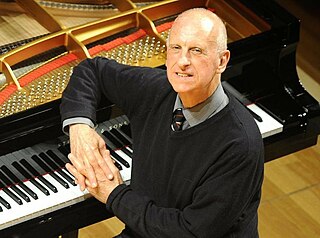
Roger Robert Woodward is an Australian classical pianist, composer, conductor, teacher and human rights activist. He is widely regarded as a leading advocate of contemporary music.
Olga Gorelli, was well known for her musical talents as a composer and pianist.
James Yannatos was a composer, conductor, violinist and teacher. He was a senior lecturer at Harvard University until his retirement in 2009.
Dene Maxwell Olding is an Australian violinist. He has had a distinguished career as a soloist in Australia, New Zealand and the United States, performing over forty concertos in recent years, including many world premieres. He is the Concertmaster Emeritus of the Sydney Symphony Orchestra, first violinist in the Goldner String Quartet, and a member of the Australia Ensemble.

Kammermusik is the title for eight chamber music compositions by Paul Hindemith. He wrote them, each in several movements, during the 1920s. They are grouped in three opus numbers: Op. 24, Op. 36 and Op. 46. Six of these works, Kammermusik Nos. 2–7, are not what is normally considered chamber music – music for a few players with equally important parts such as a wind quintet – but rather concertos for a soloist and chamber orchestra. They are concertos for piano, cello, violin, viola, viola d'amore and organ. The works, for different ensembles, were premiered at different locations and times. The composer was the soloist in the premiere of the viola concertos, while his brother Rudolf Hindemith was the soloist in the premiere of the cello concerto. Kammermusik is reminiscent of Bach's Brandenburg Concertos, also concertos for different solo and orchestra instruments, and in a neo-Bachian spirit of structure, polyphony and stability of motion.
Hérodiade de Stéphane Mallarmé: Recitation orchestrale is a composition by Paul Hindemith written in June 1944 on commission from Martha Graham, supported by funds from the Elizabeth Sprague Coolidge Foundation. The ballet premiered under the title of Herodiade in the Elizabeth Sprague Coolidge Auditorium at the Library of Congress in Washington DC. The premiere took place on 30 October 1944, sharing the program with Aaron Copland's Appalachian Spring and Darius Milhaud's Jeux du printemps, with Martha Graham and May O'Donnell in the leading roles. The choreography was by Martha Graham, stage design was by the Japanese American sculptor Isamu Noguchi, and costumes by Edythe Gilfond.

Trois Chansons, M 69, is a composition by Maurice Ravel for a cappella choir, set to his own texts. Ravel began the composition in December 1914 in response to the outbreak of World War I, in which he hoped to be enlisted to fight for France. While he waited for months, he wrote text and music of the three songs in the tradition of 16th-century French chansons. He completed the work in 1915, and it was published by Éditions Durand in 1916. The songs were premiered in 1917, performed by a choral ensemble conducted by Louis Aubert. They remained his only composition for a cappella choir.

The Violin Sonata No. 2 for piano and violin, in D major, Op. 11, No. 2, is the second surviving violin sonata for the two instruments by Paul Hindemith, composed in 1918. It was published as Sonate in D für Klavier und Violine.
References
- ↑ Matthew Tobey (2011). "New York Times: Ghosts Before Breakfast". Movies & TV Dept. The New York Times . Archived from the original on 20 May 2011. Retrieved 24 July 2008.
- ↑ Wilke, Tobias (2010). Medien der Unmittelbarkeit (in German). Munich: Wilhelm Fink. p. 62. ISBN 978-3-7705-4923-8.
- ↑ Schubert, Giselher (2001). "Hindemith, Paul". In Sadie, Stanley; Tyrrell, John (eds.). The New Grove Dictionary of Music and Musicians (2nd ed.). London: Macmillan Publishers. ISBN 978-1-56159-239-5.